The following is a detailed explanation of its principles and functions:
1. Principle
The core of the plantar pressure plate analysis system is to capture the force distribution of the sole of the foot during standing or walking using pressure sensing units, and analyze and visualize this information through a computer system.
The specific principles include:
Pressure Sensor Array Sensing Principle
The pressure plate is densely packed with sensing points (typically capacitive or piezoelectric sensors). When the sole of the foot contacts the plate, the system senses the force intensity at each point in real time, generating a complete plantar pressure map.
Dynamic and Static Analysis Modes
In static mode, the system detects whether the force applied to both feet is balanced during standing; in dynamic mode, it records information such as center of gravity changes, gait rhythm, and landing pattern during walking, running, or jumping.
Digital Image Reconstruction and Algorithm Analysis
The system converts the collected pressure data into heat maps, waveform diagrams, or force line diagrams. Professional software then identifies parameters such as center of gravity trajectory, stride length, cadence, and gait symmetry.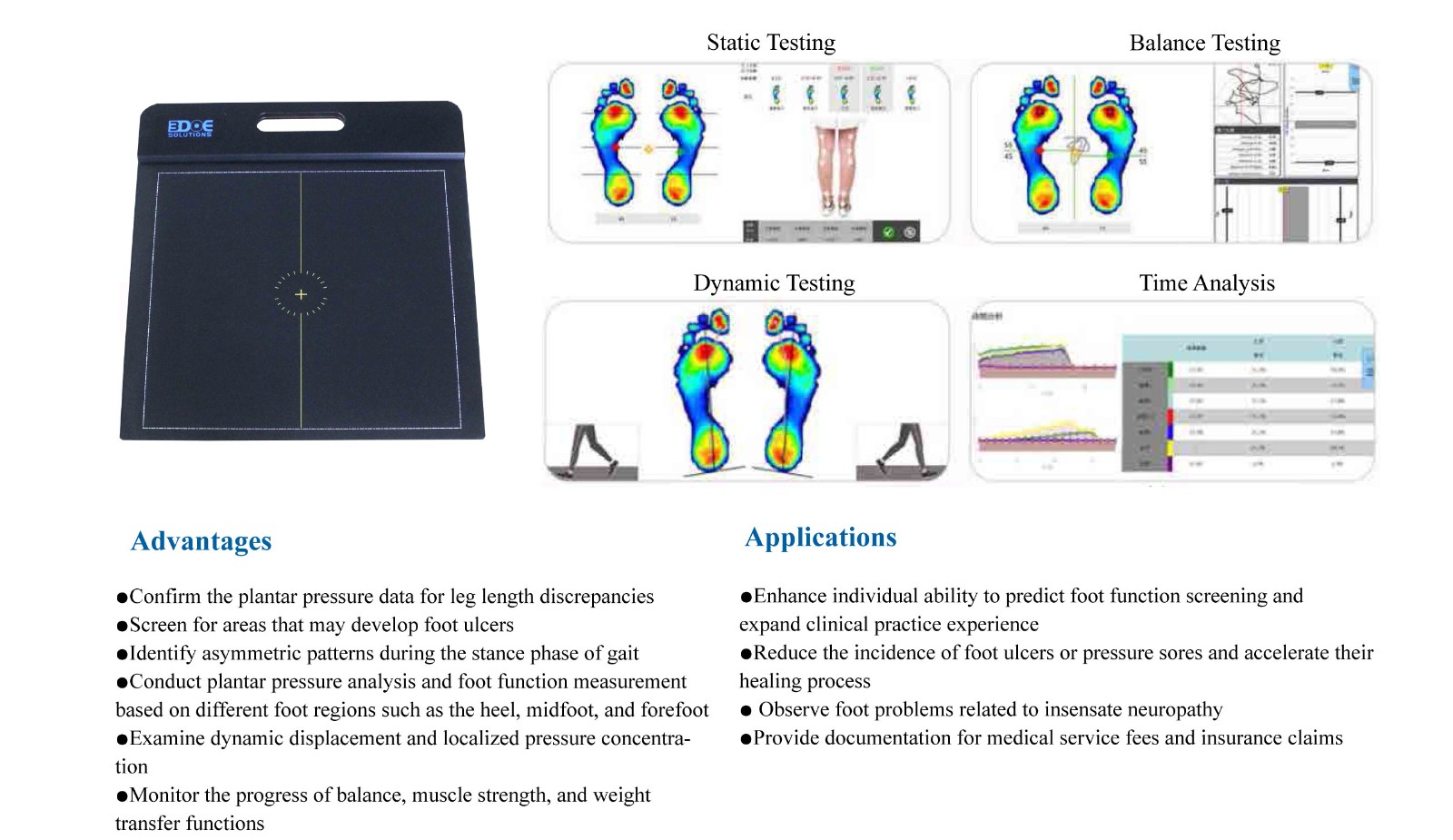
II. Applications
The plantar pressure plate analysis system can be widely used in a variety of fields, including foot health management, disease assessment, and exercise optimization. Its main functions include:
1. Assessing plantar force distribution
The system accurately displays force distribution across the plantar surface, such as whether there is uneven or concentrated force distribution in the heel, forefoot, and arch areas. This is often used to diagnose problems such as hallux valgus, metatarsalgia, and varus.
2. Assisting in the diagnosis of flat feet and high-arched feet
By observing whether force readings in the arch area are low or absent, it can help doctors determine the degree of arch collapse (flat feet) or excessive elevation (high-arched feet) and analyze foot symmetry.
3. Gait Analysis and Gait Correction
The pressure plate captures information such as landing sequence, center of gravity shift trajectory, stride length, and cadence during walking, helping to identify abnormal gait patterns such as dragging, swaying, and unstable gait. It is often used for before-and-after comparisons in rehabilitation training.
4. Supports Customized Orthotic Products
Through comprehensive analysis of plantar pressure characteristics and dynamic gait, technicians can design more optimized insoles, support devices, or rehabilitation aids to more effectively improve walking posture and load-bearing structures.
5. Monitor Rehabilitation Progress and Treatment Effectiveness
For patients undergoing foot surgery or undergoing rehabilitation training, the system can be used to periodically assess foot function recovery, providing data support for physicians to adjust training plans or treatment directions.
6. Serving Athletes and Special Population Assessments
In competitive sports, military training selection, and high-intensity physical training, plantar pressure plates can be used to screen for potential gait risks, improve training accuracy, and reduce sports injuries.

 +86-0755-86131192
+86-0755-86131192 2025-07-30
2025-07-30 Back to list
Back to list
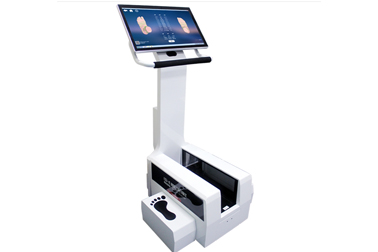
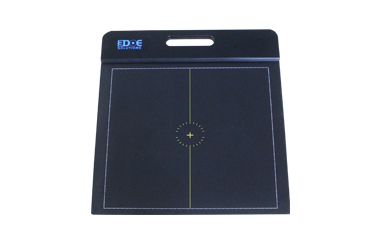
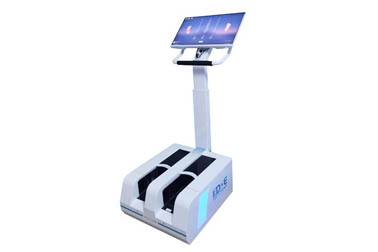
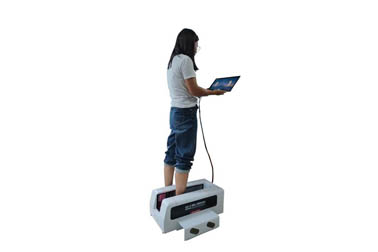



 +86-0755-86131192
+86-0755-86131192